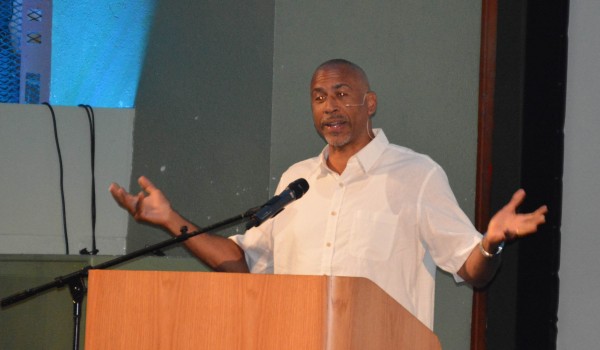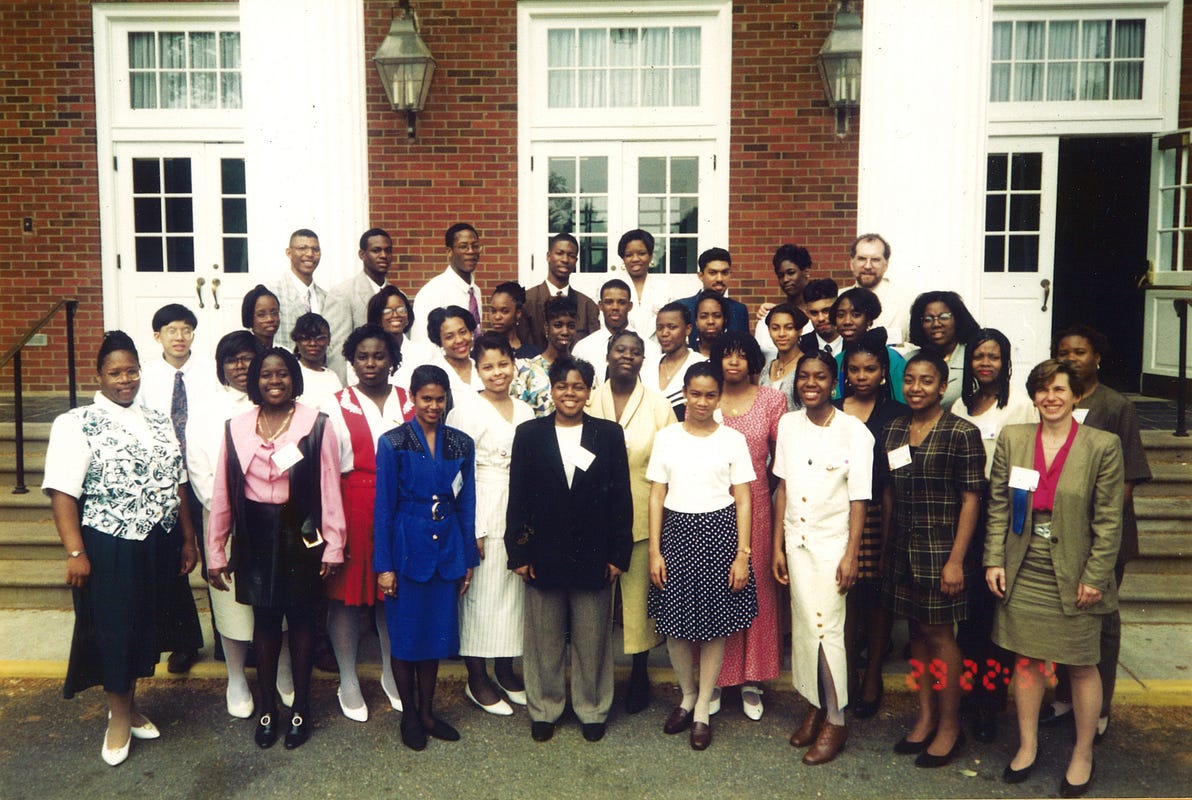Noguera to confront inequity in SMMUSD

The Santa Monica-Malibu Unified School District can tout the talents, accomplishments and college placements of its most successful students.
But, as Pedro Noguera is quick to point out, the district’s mission goes beyond that.
“The real challenge for a school system is, ‘How good are we with those who need us more?’” Noguera said.
It’s a challenge the district has asked Noguera to address. The educator and sociologist has been hired to help SMMUSD officials close the longstanding achievement gap that exists between African American and Hispanic students and their peers at local campuses.
Noguera’s initial contract, which is for up to $110,000, starts this month and goes through the end of 2015, according to a district report.
The well-spoken, charismatic scholar delivered the keynote speech at the district’s convocation Tuesday morning at Barnum Hall on the campus of Santa Monica High School, and he’ll be hosting follow-up workshops with district administrators and Board of Education members in the coming months.
The hiring of Noguera is among several actions being taken by the district as it seeks to improve race relations.
The district is also planning to train Samohi staff on restorative justice and community building with the help of the California Conference for Equality and Justice.
The Long Beach-based human relations group will receive up to $80,000 to address issues of bias, bigotry and racism in education. The contract goes through the end of the 2015-2016 school year.
Noguera, who was recently appointed to join UCLA’s education faculty after a stint at New York University, has worked with schools and districts across the country in advisory roles.
He said teacher collaboration, professional development, strong community ties and student-centered learning are among the keys to improving schools.
“We know … that education should be the strategy, the institution we rely on to create a more equitable and just society,” he said. “But we also know it can’t just do it by itself. It takes a deliberate focus to make it happen.”
During a speech that was received with loud applause, Noguera offered a broad outline of methods for reducing the achievement gaps in SMMUSD schools.
Parental engagement, he said, is crucial. He said staff must be trained to communicate with parents across racial and socioeconomic lines and that there should be events to promote parental interaction. He added that the district should provide guidance for parents on how they can support their children.
At the student level, Noguera said, block scheduling, peer study groups, literacy assistance, extracurricular activities and community partnerships have proven to be beneficial. He Noguera to confront inequity in SMMUSD:
















